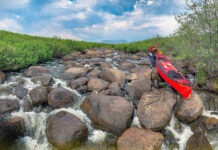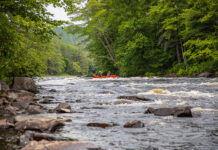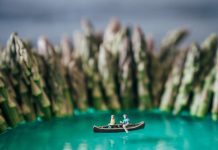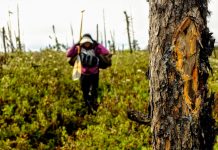Here are 8 facts about the history of the Canvas
1. The Woods brand, relied upon by early explorers, pioneers, adventurers and outdoorsmen, has recently been purchased by the national department store chain Canadian Tire, which now produces nylon tents lucky to last a drunken long weekend with the boys.
2. Pablo Picasso’s Nude, Green Leaves and Bust was painted in 1932 and auctioned in 2010 at Christies in New York City for $106.5 million. This oil on canvas painting set a new world record price for a five-foot piece of durable plain-woven fabric.
3. While canvas was traditionally made of hemp, modern canvas is usually made of cotton or linen fibers. These fibers are woven in two basic types: plain and duck. The threads in duck canvas are more tightly woven. The term duck comes from the Dutch word for cloth, doek.
4. Brown duck canvas was the creation of Hamilton Carhartt. Carhartt’s overalls for railroad workers were first advertised in a 1929 catalogue. These trendy “new 10-ounce brown duck bib” overalls revolutionized clothing for the working class and dirtbag paddlers everywhere.
5. The keel on the bottom of a cedar canvas canoe is primarily to protect the canvas during launchings and landings. Some paddlers argue the benefits of a keel for increased tracking and straight-ahead paddling. You will find these canoeists circling neighborhoods, going door to door to drum up support for their misguided opinions.
6. Local governments in the United States have passed laws to limit Americans’ ability to canvas. In 2002, Justice John Paul Stevens reconfirmed the Supreme Court’s conviction that canvassing is protected by U.S. First Amendment rights.
7. Recanvassing, on the other hand, is a completely natural process of rejuvenation. Headwaters Canoes of Wakefield, Quebec, says new canvas, filler and three coats of paint will cost $850, or $950 if it’s not one of their canoes. “We have rebuilt canvas canoes which have been blown off roof racks, run over by cars, crushed by falling trees, scorched by vandals, and smashed around on bedrock by severe winds.”
8. Bill Mason’s famous baker style campfire tent was not made of canvas, but rather, cotton. We think Bill would have appreciated Egyptian cotton. It is a difficult fabric to find, yet Egyptian cotton is strong, abrasion resistant and has a natural tendency to repel water. The tight weave makes it windproof but still able to breathe. A two-person baker style canvas tent weighs about 24 pounds whereas one sewn of Egyptian cotton is only 14 pounds. On long portage trips, I’m with The Bangles and would rather, “Walk Like An Egyptian.”
Scott MacGregor is the owner and publisher of Rapid Media, based in the Ottawa Valley on the banks of the Madawaska River.
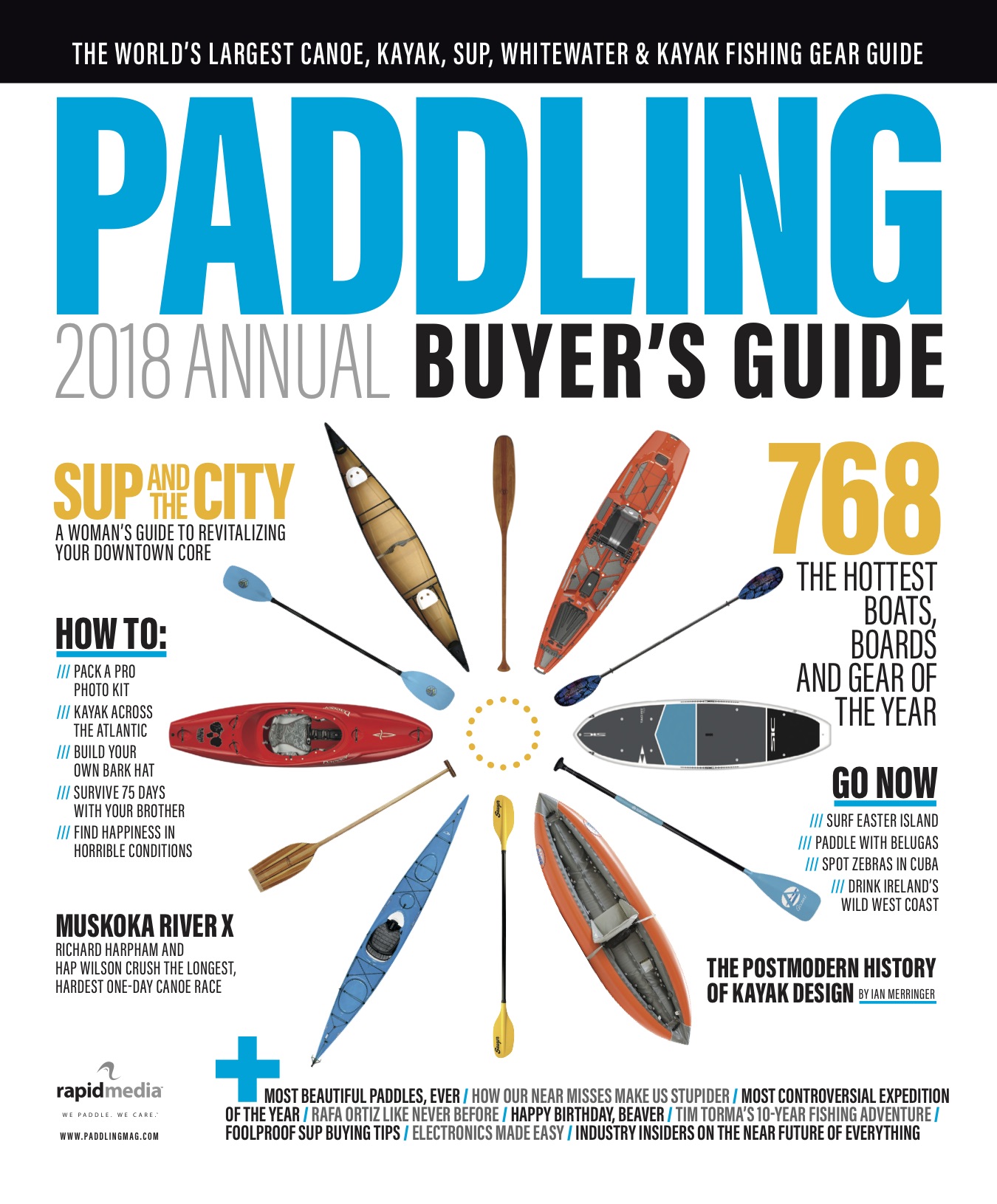 This article first appeared in the 2015 Paddling Buyer’s Guide. Subscribe to Paddling Magazine and get 25 years of digital magazine archives including our legacy titles: Rapid, Adventure Kayak and Canoeroots.
This article first appeared in the 2015 Paddling Buyer’s Guide. Subscribe to Paddling Magazine and get 25 years of digital magazine archives including our legacy titles: Rapid, Adventure Kayak and Canoeroots.




